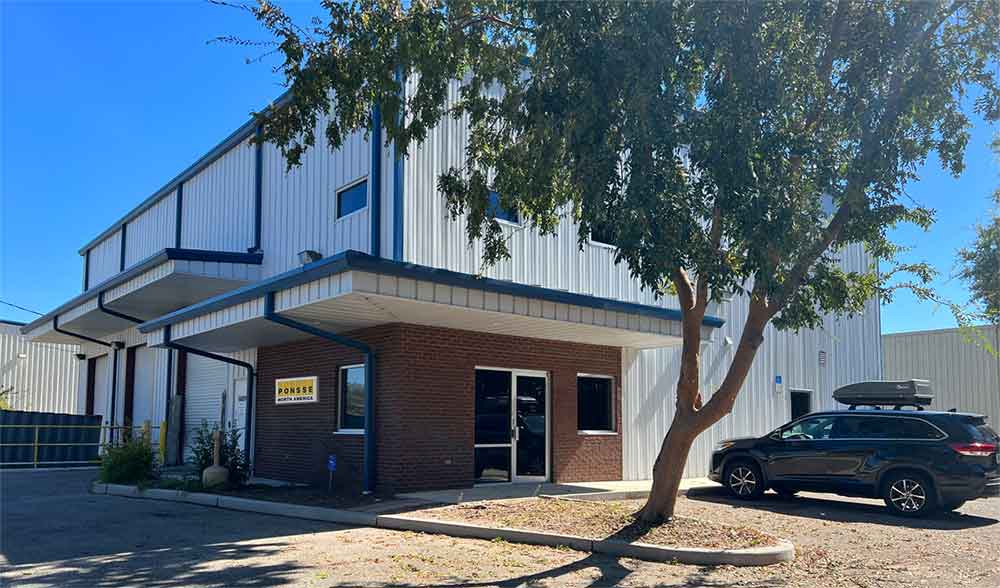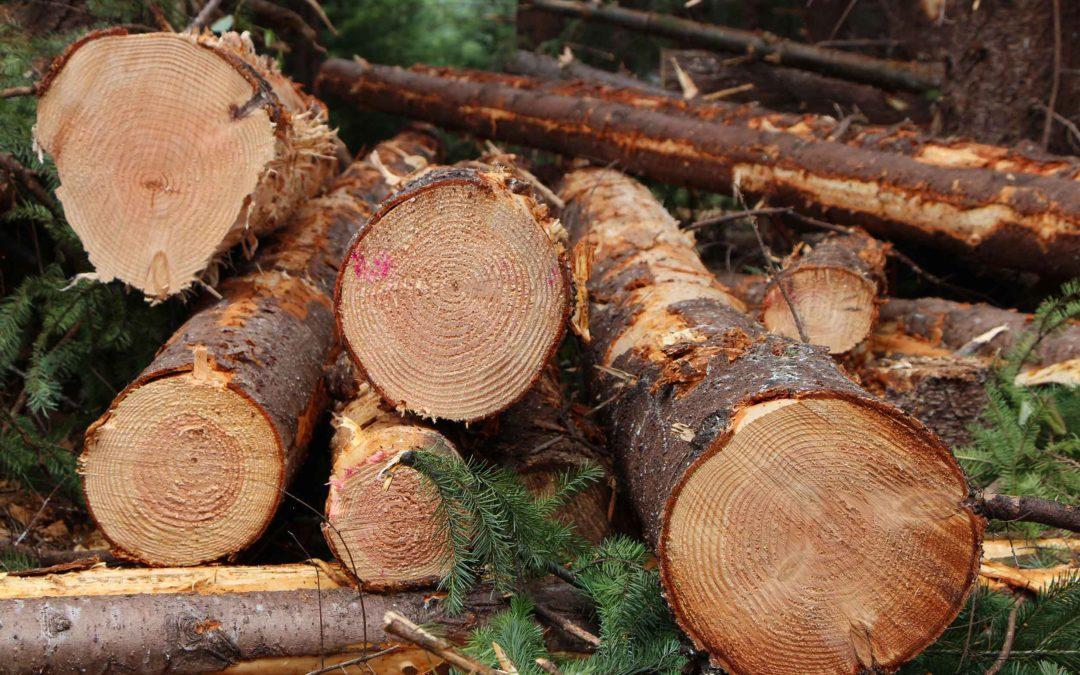Winch/Tiedown Bar Strikes Driver’s Face

BACKGROUND: On a dry summer morning in the Appalachians, a log trucker was binding down a load of pine pulpwood at the landing.
PERSONAL CHARACTERISTICS: The 57-year-old driver was a contract trucker with 30 years of bus driving and contract log hauling experience. He was considered capable and had no physical disabilities. He was wearing gloves as he began tightening one of the binder straps on a triaxle truck.
UNSAFE ACT AND CONDITION Thetrucker was distracted as a crew member talked to him. He took his eye off the winch/tiedown bar and did not fully insert the bar into the ratcheting-wheel spindle as he was tightening the strap. His face was directly above the travel path of the winch bar.
ACCIDENT: When the driver pushed downwith the weight of his body to apply the final turn to the spindle, the winch bar popped out of the spindle hole and catapulted backward. The end that was near the spindle struck his face.
INJURY: The log trucker suffered a bloodynose and black eye. He received medical treatment and lost two days of work.
RECOMMENDATIONS FOR CORRECTION:
● Ensure that the winch/tiedown bar stays fully inserted into the spindle when tightening a binder strap.
● Make sure the cranking mechanism is workingproperly, and ensure that the ratchet pawl is fully engaged in the ratchet wheel.
● Always keep head and body away from thestrike zone of the bar/handle.
● Wear the required PPE—gloves, hard hat,and eye protection—when binding a load.
● Give full attention to the task at hand; stop if distracted.
COURTESY OF THE FOREST RESOURCES ASSOCIATION: forestresources.org
Latest News

Ponsse North America Adds Southern Location
Ponsse North America, Inc has expanded its operations to Midway, Fla., right outside of Tallahassee. The main factors that influenced this development are the growing demand for cut-to-length wood and an increase in machine sales in the South….

AU Receives Pine Needle Blight Research Funding
A research team in Auburn University’s College of Forestry, Wildlife and Environment (CFWE) is working to find solutions to an increasing threat to pine forests—needle blight. Through a $2.1 million U.S. Forest Service grant, the group is aiming to…
Have A Question?
Send Us A Message
